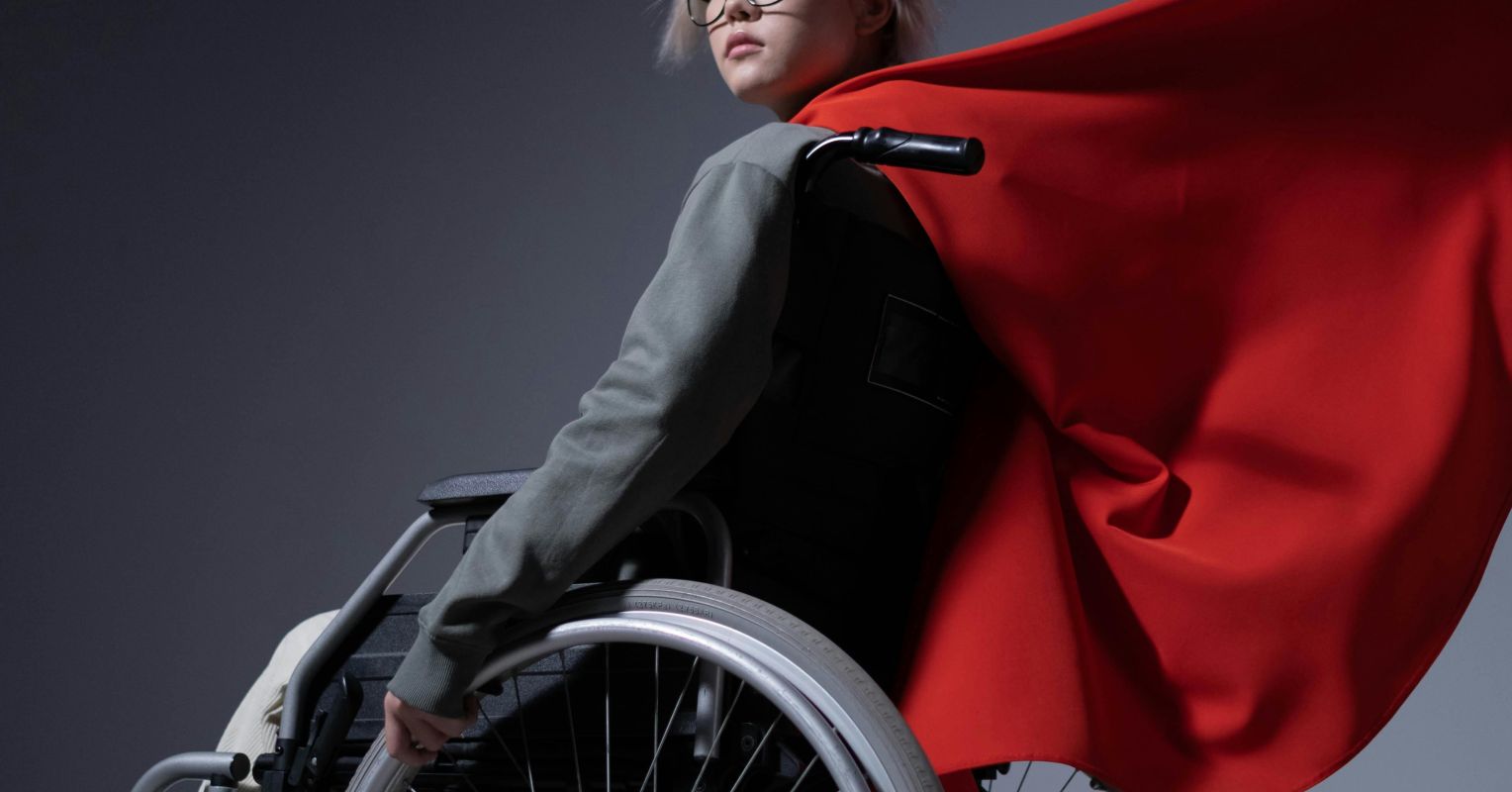
"Superheroes are a concept that permeates our collective consciousness. They are modern-day archetypes and often appear in the therapy room, whether invited in by the therapist or not. In play sessions, a kid might place all the dinosaurs on an island awaiting rescue by a flying car or person. Teens and adults might chat about the latest superhero movie as they parallel bits of their own power, story, or trauma."
"Contrary to popular belief, Superheroes can and do suffer. I first came across the use of Superheroes in therapy at a play therapy workshop. As someone who hasn't delved much into the trope, my interest initially was slim. I thought it was a sort of storytelling that might be helpful for kids envisioning a therapist keeping a team of superhero puppets in their drawer or exploring how"
Superheroes operate as modern archetypes that frequently appear in therapy sessions across ages. Play therapy often uses superhero narratives and objects to help children and adults externalize problems and enact rescue scenarios. Clients may identify as superheroes, yearning for extraordinary abilities or adopting a savior role while also experiencing captivity by self-limiting beliefs, past trauma, chronic pain, family illness, social anxiety, divorce, or depression. Therapeutic use of the archetype can assist clients in recognizing limitations, acknowledging strengths, and developing skills and tools to become their own agent of change. Superheroes can suffer, making the trope useful for discussing vulnerability and resilience.
Read at Psychology Today
Unable to calculate read time
Collection
[
|
...
]